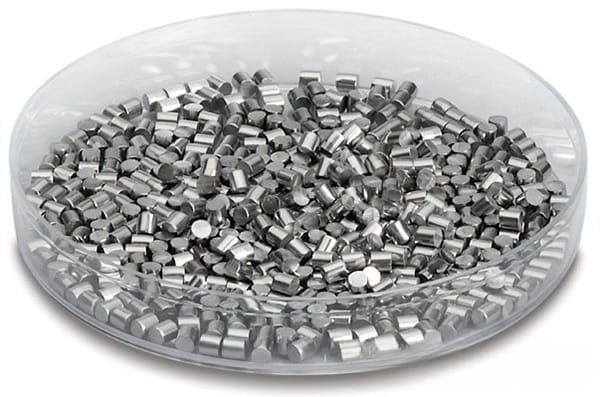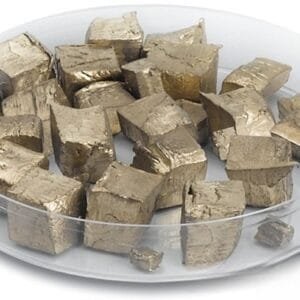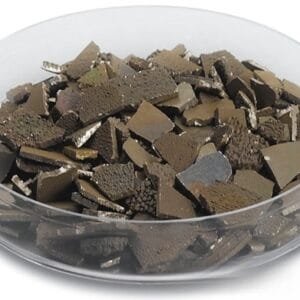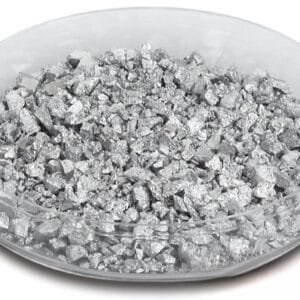At TFM, we specialize in producing top-tier copper cobalt evaporation materials, a crucial alloy made from copper (Cu) and cobalt (Co). These materials play a significant role in deposition processes, contributing to the formation of high-quality films. Our copper cobalt evaporation materials feature an exceptional purity level of up to 99.9995%, ensuring unmatched reliability through our stringent quality control procedures.
Related Products: Copper Evaporation Materials, Cobalt Evaporation Materials
Applications of Copper Cobalt Evaporation Materials
Copper cobalt evaporation materials are integral to several advanced applications, including:
- Deposition Processes: These materials are essential for semiconductor deposition, as well as chemical vapor deposition (CVD) and physical vapor deposition (PVD), enabling the production of films with precise and superior characteristics.
- Optical Uses: They are also applied in enhancing wear resistance, creating decorative coatings, and advancing display technology.
Packaging of Copper Cobalt Evaporation Materials
We ensure that our copper cobalt evaporation materials are carefully packaged to prevent any potential damage during storage or transit. This attention to detail guarantees that the products maintain their superior quality and arrive in optimal condition.
Reach Out to TFM
As a leading manufacturer and supplier of high-purity copper cobalt evaporation materials, TFM offers a wide range of evaporation pellets available in both powder and granule forms. We also offer customized solutions to meet specific requirements. For up-to-date pricing and inquiries about our evaporation materials or other deposition products not listed, please contact us directly.


 MSDS File
MSDS File



Reviews
There are no reviews yet.